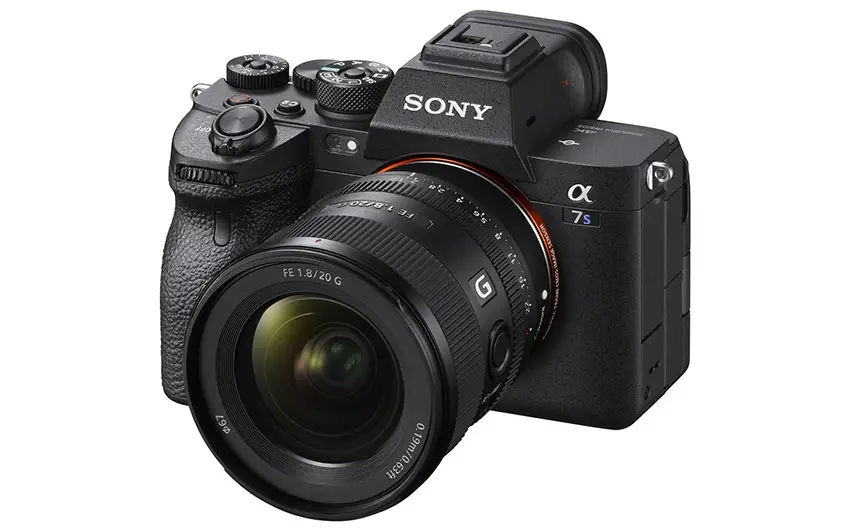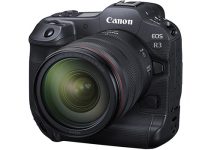Canon and Sony are without a doubt among the top choices for affordable video productions and their mirrorless offerings – the Sony a7S III and Canon EOS R5 – have once again changed the game. Also, as long as multiple major camera brands exist there will be comparisons trying to see the differences between them.
Today, both fortunately and unfortunately, those differences in image quality are becoming harder and harder to pick out. Is it even possible for professionals to do it? If you are curious what the differences are, if any, Parker Walbeck of Full Time Filmmaker put together a fun little experiment with some top video creators.
Using as close as possible settings on both the Canon and Sony cameras, they shot 10 clips to put in front of some of the most well-known content creators on YouTubers and see if they can tell the difference.
This list includes Jared Polin, Armando Ferreira, Peter McKinnon, Sam Kolder, Daniel Schiffer, Matti Haapoja, and Sam Newton. There’s actually a $10,000 prize on the line too so they are absolutely trying their hardest.
Each test will also emphasize a specific category to provide some focus on what aspects to compare in each clip. Plus, a professional colorist worked to match them as closely as possible – and it is damn close.
Using the respective fast 85mm for each system, the initial tests focus on resolution. The first compares the 8K resolution of the Canon with the Sony’s 4K. It’s immediately apparent how hard this can be, even with something that you would think would be easy.

Image Credit: Sony
Resolution like this may in fact be easier, because 5 of the 7 got it right. Going to 4K vs 4K is a different story. Only 2 people got this one right, which makes a lot of sense. I’m fairly certain that they were just guessing at this point and chance got the two of them.
Color science is test #3, and this is always a weird one to compare. Using S-Log3 and Canon Log 3 both graded to match it seemed to be a near-impossible task. That is what a good colorist can do. Only 1 person got it right.
Now, using standard color profiles generally has more changes baked into the footage. This definitely helped as 5 of the 7 nailed it on this challenge. Makes sense, though grading can make things look essentially the same, if you know what to look for you can find the difference in color with standard profiles.
Low-light is up. You would think this should be easier with the major differences in resolutions of the sensors. And it is. The Sony has a different look with its low-res sensor being optimized for light gathering and they all nailed it.
Moving to more equal comparisons we have 4K at 120 fps. The footage looks good here. Looks like no better than guessing as 3 of the 7 got it right. When you have movement in the footage it becomes a lot harder to compare.
The big dynamic range comparison has come. Again, basically just guessing here as only 3 of the 7 got it right. It really is hard to tell.
Autofocus has made huge leaps in recent years, so it’s worth comparing. A simple focus rack is a nice test – one that got most of the viewers. Only 2 got it right and most admitted to just guessing on it. AF tracking is a slightly different test worth checking. Somehow 6 people got it right on this test.
Finally, image stabilization is up. There is actually a noticeable difference between the footage, but it doesn’t seem like anyone actually knows which brand is which. Two of the seven get this final test and most were just guessing for sure.
It was easy to see how hard it can be when you are comparing footage from the final product. Properly exposed and graded footage can look good no matter the brand – makes all these battles seem a little stupid. It’s definitely a good thing that all the cameras are so good now since you can get great stuff with whatever you have already.
If you were wondering (Spoilers!), Peter McKinnon did take the win here.
Seriously, don’t worry about your gear all that much and just go out and shoot. Buying a camera should be about things like how comfortable it is for you and whether it has specific features that you need. All modern sensors have great image quality.
[source: Parker Walbeck]
Order Links:
Disclaimer: As an Amazon Associate partner and participant in B&H and Adorama Affiliate programmes, we earn a small comission from each purchase made through the affiliate links listed above at no additional cost to you.



